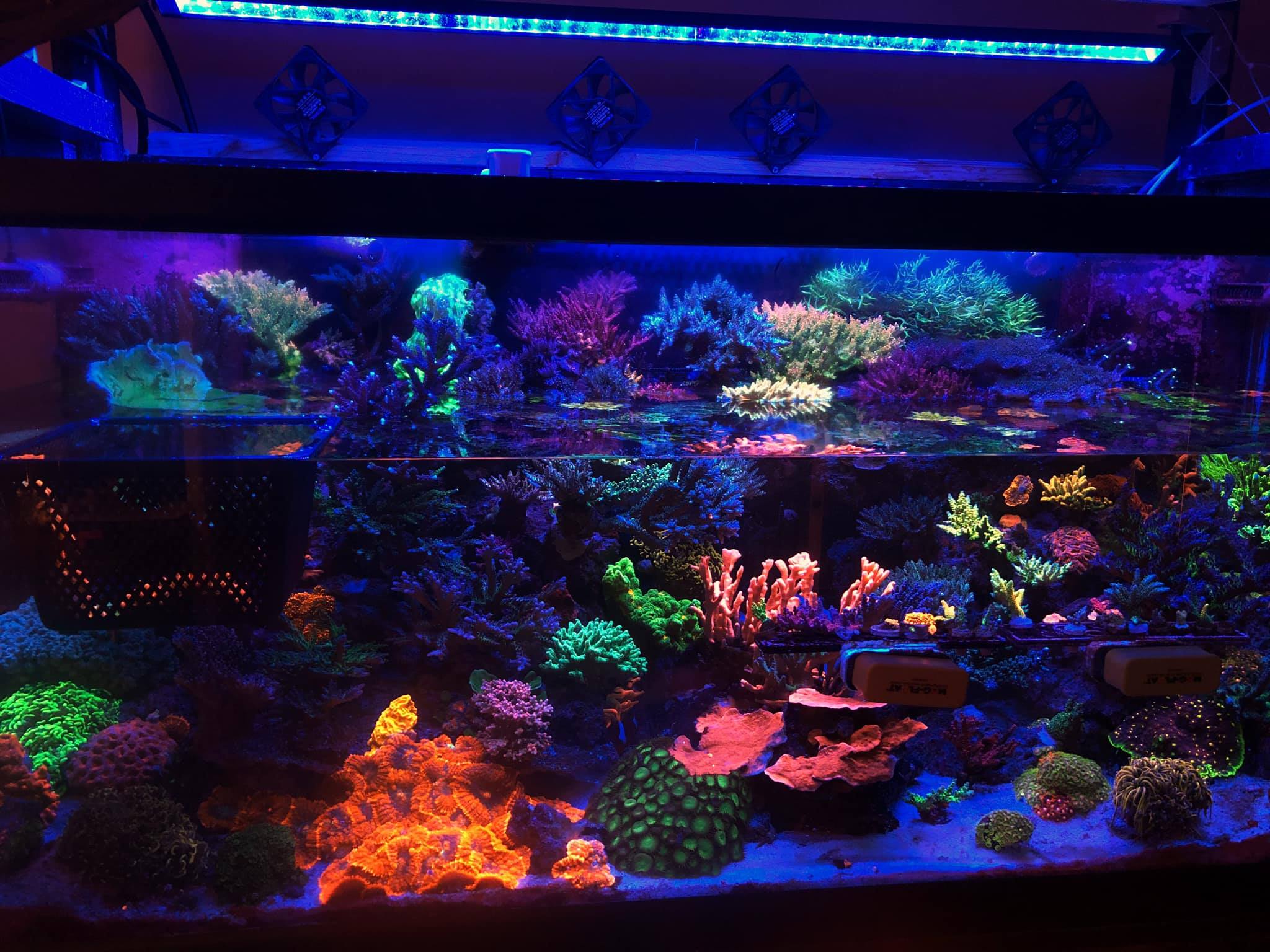When it comes to the most basic of maintenance tasks to be done the first one that comes to mind is the water change. As important as it is, it is also one of the least glamorous and least fun things to do in a tank. It is so lacking in being any kind of fun, that it is done infrequently or improperly, neglected, or not even done at all until major issues arise.
There are several reasons why water changes are important. First, at least to me, they provide the opportunity to remove compounds and substances that have built up over time like detritus, dead algae, or particulates from the rock. A water change can also help remove odors and discoloration of the water allowing for better light penetration and health of the fish and corals. This is especially crucial in new tanks where the natural bacteria, microfauna, and the entire reef biome have not yet matured and stabilized the tank.
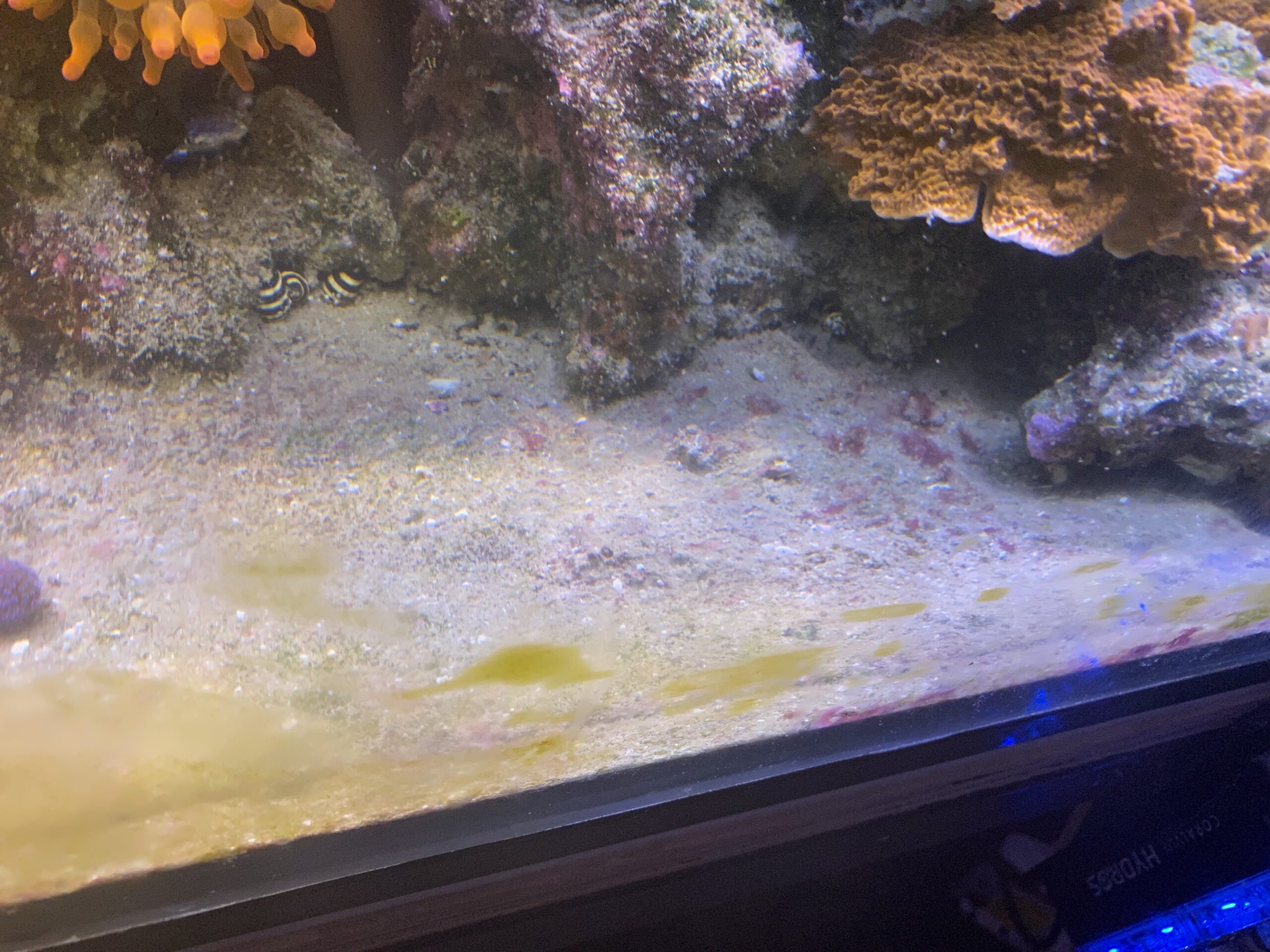
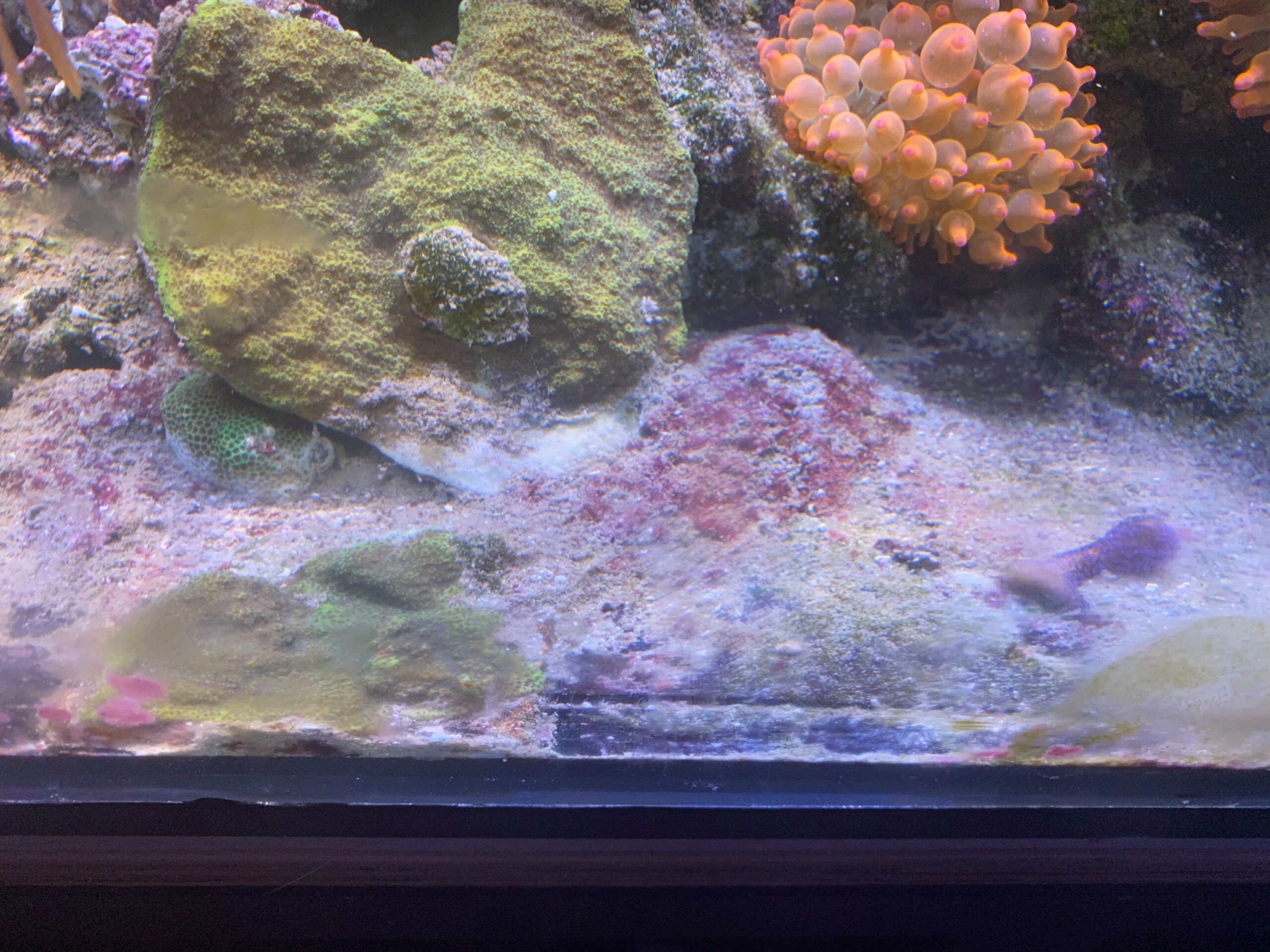
They also may to some degree, help replenish some of the trace elements that have been consumed. This replenishment is usually the result of impurities in the salt mix, rather than the manufacturer trying to help add trace elements. For this reason, I have not found that doing water changes does much for adding trace elements, especially for those that are depleted quickly like iron, iodine, and manganese.
Water changes have been a part of the hobby since its inception for good reason as even since the early days the positive aspects of performing a water change have been readily apparent. However, with more efficient and better means of filtration, including chemical, biological, and mechanical the need for water changes have come into question. The feeling of some is that by using better equipment for filtration along with better testing and the concomitant addition of trace elements the need for water changes is not as critical. While there is some credence to this, I have still not seen many aquariums, including my own, where doing no water changes was beneficial to the long-term health of the tank.
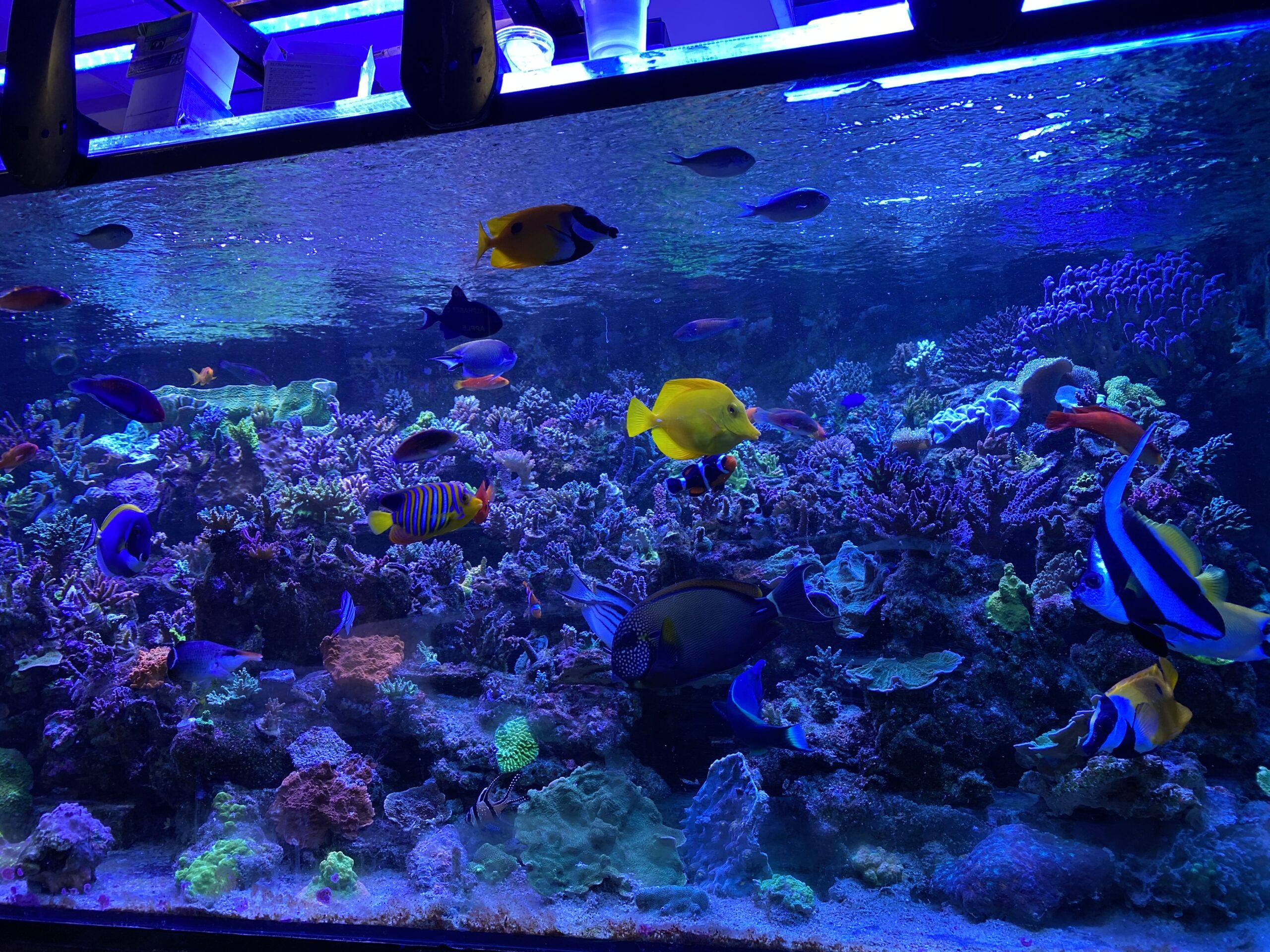
In my opinion, water changes are necessary to remove and dilute the harmful substances that build up over time in every tank. I have never encountered any type of filtration or other means that removes detritus as effectively as a siphon tube and hose drawing out this material from the dead spots in a tank during a water change. Over the years I have experimented with doing water changes of different sizes with different frequencies to see if there were any significant differences that I could detect. These ranged from no changes for six months to 20% changes every week.
While there was a significant difference in no changes versus changes, I could not see a significant difference between large frequent changes and the more standard 10% -20% once or twice a month. As a result, the water change method I have now employed for the last four years is a ten percent change every two weeks. Confirmation in my belief that water changes are important has also occurred in speaking with many other hobbyists, some of whom rarely do water changes in their tanks, in that they almost all agreed that when they had issues of any kind one of the first things that they did was a large water change in their tank. Other than the time, inconvenience, potential mess, and cost of doing a water change, there was rarely a comment that doing a water change was a bad idea.
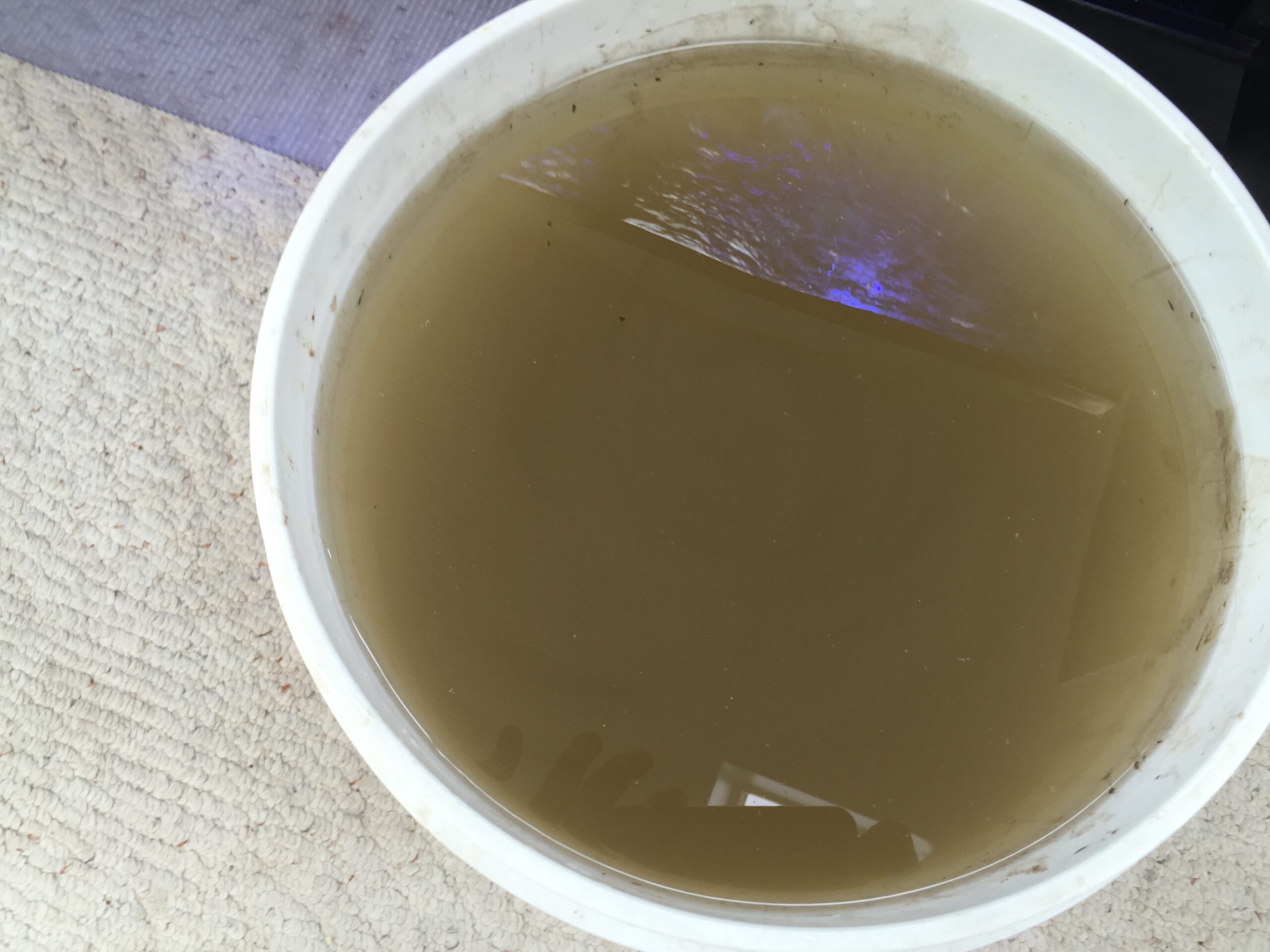
Unlike on a natural reef, where the constant water flow moves waste products and harmful substances away from the corals, while simultaneously bathing them in low concentrations of nutrients and trace elements not to mention food our systems are closed. Thinking our tanks are like small sections of a reef is a completely wrong premise to work from. Our tanks typically have significantly higher concentrations of nutrients, dissolved organic compounds, Gelvin, the yellowing compound in water, carbon dioxide, and a significantly higher bioload to water ratio than occurs on a natural reef. As a result, we need to manage our tanks to reduce or remove the harmful compounds that tend to accumulate while at the same time adding the substances that corals need. This is another reason why water changes are an important part of managing a tank, especially a newly set up one where stability has not yet been established.
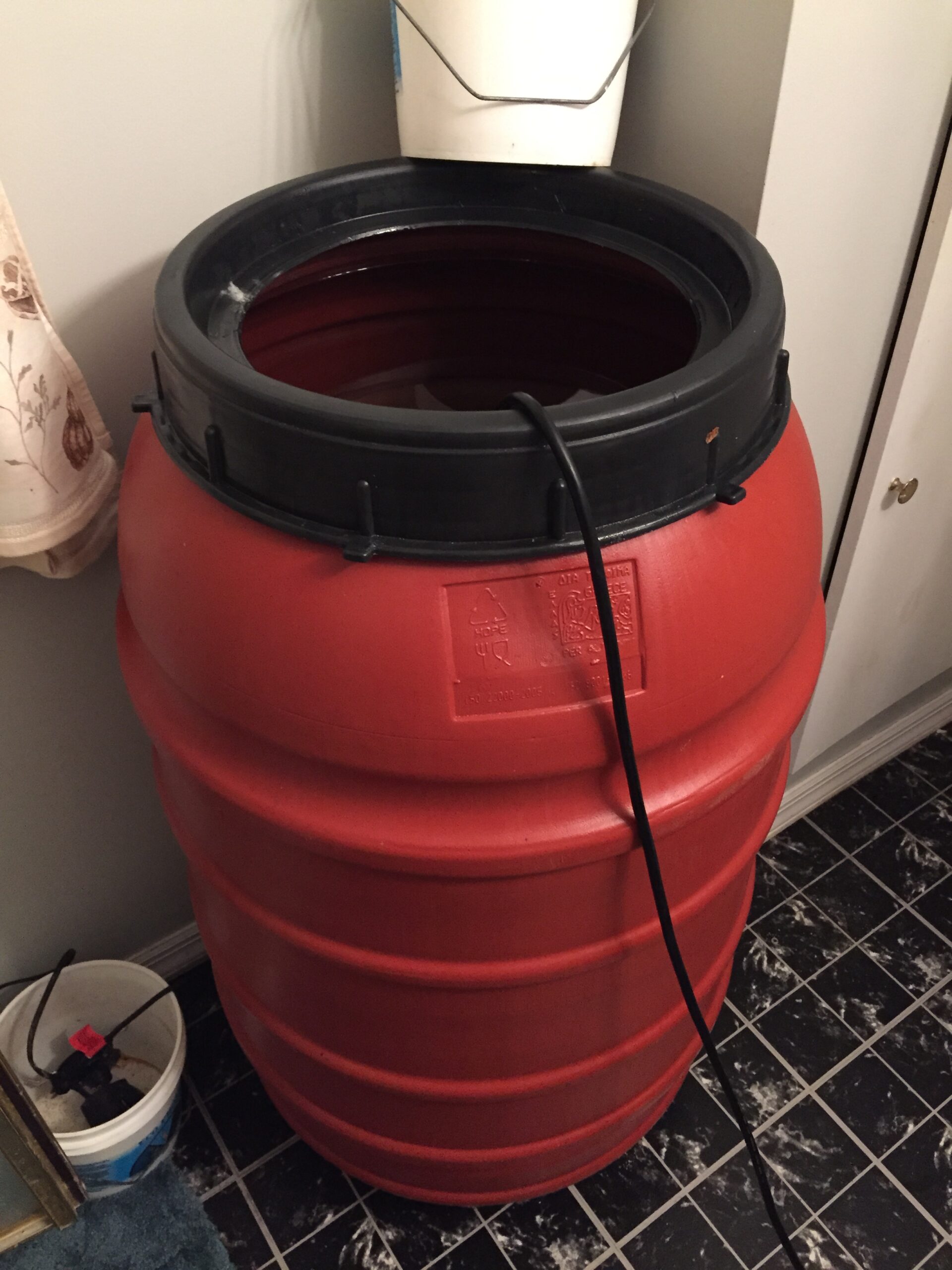
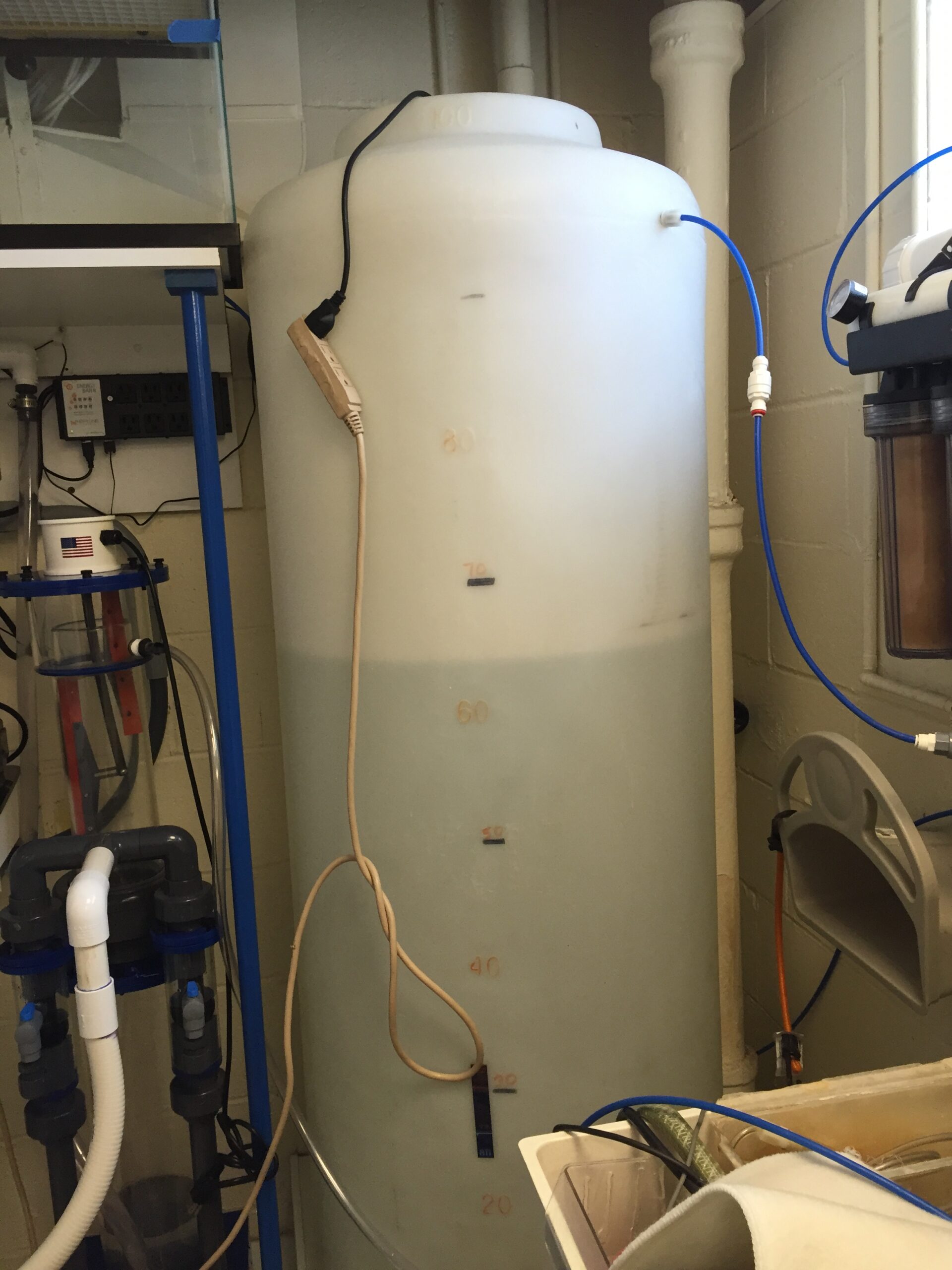
Obviously, there are many good aspects to doing water changes, but can there be negative aspects as well? The answer is of course there can be. The worst of these occurred recently when a manufacturer produced salt that had an unknown contaminant in it. Over time this contaminant built up in some systems and killed off many corals in these tanks. I know of at least half a dozen tanks where a significant number of corals were lost as a result. Fortunately, this is the first time I have heard of such an incident so this should not be a worry. However, there can be other far less negative aspects that can arise when water changes are not done correctly.
As we all know, one of the keys to long-term success in our tanks is stability. Corals do best in an environment that does not change significantly. This can be a problem in doing a water change if the new water is significantly different than the water in the tank into which it goes during a water change. This is especially true if the make-up water has a significantly higher or lower alkalinity, salinity, or temperature than that of the tank water. For this reason, I strongly suggest that any new water that is going to be added during a water change be tested and matched as closely as possible to the tank water before any water change is done and adjustments to the new water be done before the water change. Rarely, does the new water match the old precisely when mixed out of the bag or bucket. But it can usually be tweaked in terms of alkalinity, calcium, and magnesium to get close to the tank’s parameters.
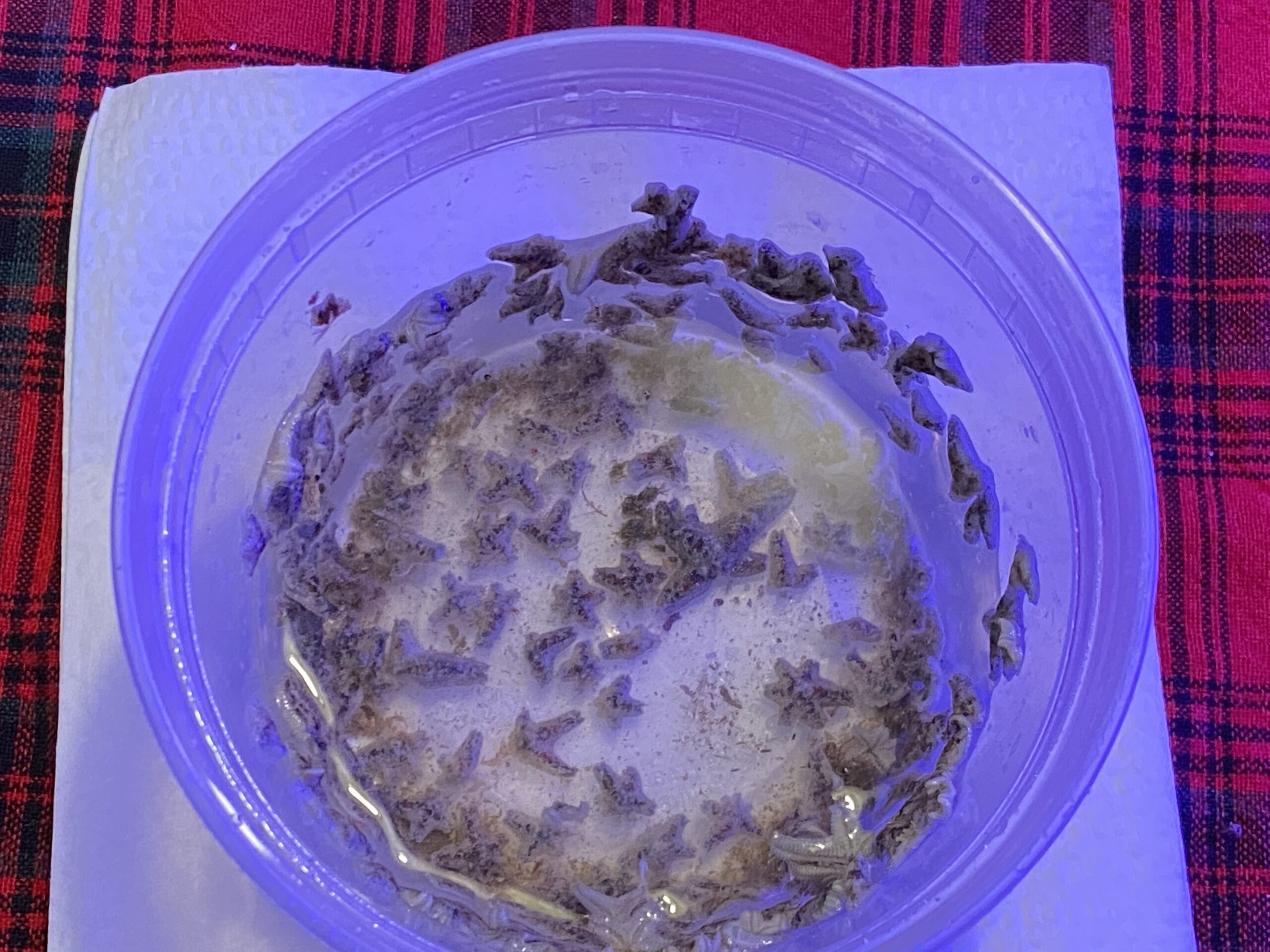
It is also a good idea to test the new water between batches as unfortunately, I have found with some manufacturers there can be differences from batch to batch of salt. Usually, these differences are minor, but if large differences are found then I suggest you use a new salt where these differences are minimal. Keeping a log of the parameters of the salt so that any differences in salt can be detected is a good idea. Also note any changes in the tank, corals, or fish that occur both good and bad after a water change should also be noted so that if there is a problem with the salt or even the water used to mix with the salt it can quickly be understood where the problem has come from. There should never be anything negative seen after a water change, if there is then there is a problem in either the salt or the water, and what the source is needs to be quickly determined.
One other potential issue that occurs for many during a water change is that during the change some of the corals may be exposed to air. That is, when water is taken out the corals sitting in the upper areas of the tank are out of the water during the water change. This usually is not an issue as long as the water level is quickly brought back up. If this occurs during a water change then it may be a good idea to reduce the lighting during the change to reduce any potential heat damage that the lights could cause during the change. As long as the new water is not significantly different from the tank’s water there should not be a shock issue from the new water coming in. I had this issue for years in several of my tanks and never found it to be a major problem. Many corals tended to produce extra mucous when they were exposed like this and this immediately washed off once the water level was back to normal and the flow in the tank would wash it off.
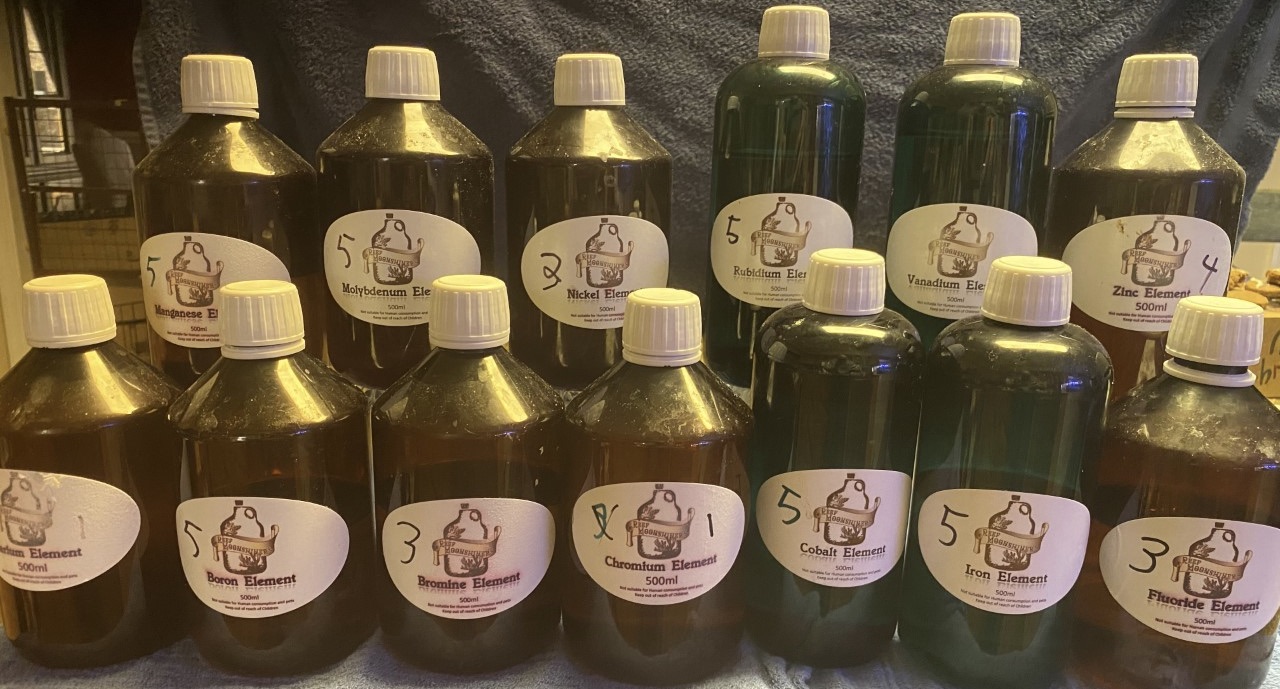
As with everything in the hobby, there are lots of different ways to do water changes. Some devices allow for constant small water changes, which have proven to have some merit. And there are also “automatic” water change systems that allow a water change to occur with just the turning of a few knobs to control valves that flush the tank and refill it. Others, like myself, prefer a more hands-on method and use hoses and buckets to remove the water first while siphoning off as much detritus as possible. This method allows me to know exactly how much water I can remove to match how much is in the replacement tank. Also unlike in the past where it was necessary to rush to refill the tank so that the corals were not exposed for too long, my current system allows for me to refill the tank at my leisure. So in order to reduce the shock of a water change even more, once the desired amount of water is removed from the tank, the replacement water is now added gradually over 4-6 hours so that any possible shock from adding new water quickly is mitigated.
Regardless of how you do a water change try to make it simple and easy, because if it is, it is more likely that you will do it. While there is usually very little that you can do to not make it a chore, understand that like cleaning the glass and testing, it is an essential part of having a successful tank long-term. Despite some suggesting that water changes are completely unnecessary, my own experience and that of many other hobbyists suggest that those having success with not doing water changes is the exception rather than the rule. This is especially the case when starting a new tank where stability has not yet been achieved and new things are constantly being added. While doing a water change will probably never be thought of as fun, there are lots of worse things you may have to do if you don’t do them regularly.
